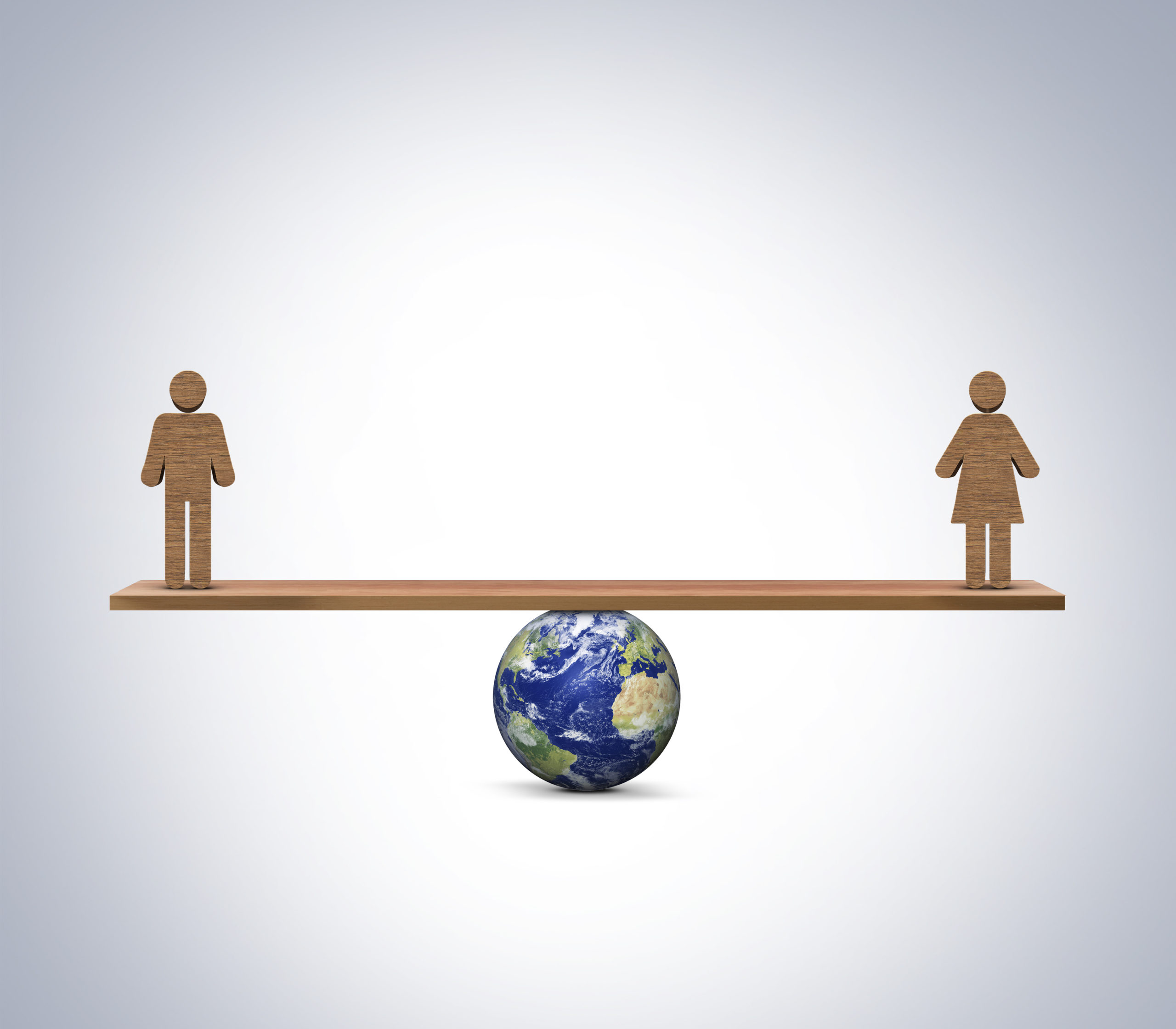How does sustainability tackle gender equality? Can we improve gender equality through sustainability? Of course, we can. Sustainability cannot go without gender equality. Here’s why!
Sustainable development has become a key topic for everyone: governments, corporates, and societies. In my previous pieces, I have argued that millennials are playing an important role in demanding corporate social responsibility, along the path of sustainable development. However, indeed we have such a long way to go, primarily because often, sustainable development is looked upon as a neutral process, that really impacts women and men in the same way, when it doesn’t.
Sustainable development is defined as “development that meets the needs of the present without compromising the ability of future generations to meet their own needs”. And what do we know about needs? They are not neutral. Women and men have different needs. Persons with disabilities have different needs, and persons of different ages, cultures, ethnicities and geographic areas have different needs. And for any future development intervention to be sustainable, we have to take into account the diverse needs of these diverse women and men. This means we have to cultivate sustainability by enforcing gender equality. Here are a few examples, recommended by experts, on how to do this.
Base Each Development Intervention on a Gender Analysis
Gender analysis is the perfect tool to let decision-makers know what are the barriers, troubles, facilities, and difficulties that women are facing in all spheres of life. Gender analysis can let us know women’s and men’s different accessibility levels in environmental engagement, water sanitation, policy-making, justice, climate change initiatives, etc. All sustainable development interventions need to be informed by such an analysis, in order to know where women remain under-represented, and how to further bring them up through policies.
Invest in Social Infrastructure & Care
As UN Women has found — and we all pretty much see it every day — the global economy depends on the unpaid and underpaid care work primarily carried out by women. Unpaid work conducted at home continues not to be recognized and valued. Care responsibilities fall utterly upon women’s shoulders, and this became evident, especially during the pandemic. In order to cultivate sustainable development, all governments should start recognizing unpaid work, investing in childcare facilities, in new and improved social schemes that benefit women, in equal care responsibilities for mothers and fathers – building this way sustainable and gender-sensitive economies which could contribute to long-lasting gender equality, as well as better and healthier generations.
Increase Women’s Access, Position & Leadership Role
This is where gender analysis also plays a huge role. It is evident through diverse studies (but also, for the human eye) that women remain underrepresented throughout the majority of sectors and leadership positions. In order to reach sustainable development, this should change, and women should be at the forefront of politics, healthcare, climate change, and the economy with their men counterparts, contributing to creating policies for women which impact the other women in their community, knowing exactly what’s best for them.
Talk to Women & Engage Women
The world is luckily enriched with many women civil society organizations, women gender equality experts, activists, healers, and guiders. All governments and countries should aim to talk to all of these women, in their diversity, in order to reflect better, sustainable development goals. After all, the United Nations already have created Sustainable Development Goal 5, which aims to end discrimination against women & girls. Even though SDG 5 is a stand-alone goal, other SDGs can only be achieved if the needs of women receive the same attention as the needs of men.
Gender Mainstream All Public Policies
I must again emphasize that almost ALL public policies impact women and men differently. A law, strategy, regulation, or project needs to be drafted based on a thorough analysis and it must foresee how will this legislation or policy impact women and men in the long run. As the Council of Europe puts it: “Gender mainstreaming means integrating a gender equality perspective at all stages and levels of policies, programmes and project.” The faster we start taking gender mainstreaming more seriously, the sooner we will see our sustainable development futures taking place, based on the principle of inclusivity.
Photo: DOERS/Shutterstock
You might also like:
Support us!
All your donations will be used to pay the magazine’s journalists and to support the ongoing costs of maintaining the site.
Share this post
Interested in co-operating with us?
We are open to co-operation from writers and businesses alike. You can reach us on our email at [email protected]/[email protected] and we will get back to you as quick as we can.









